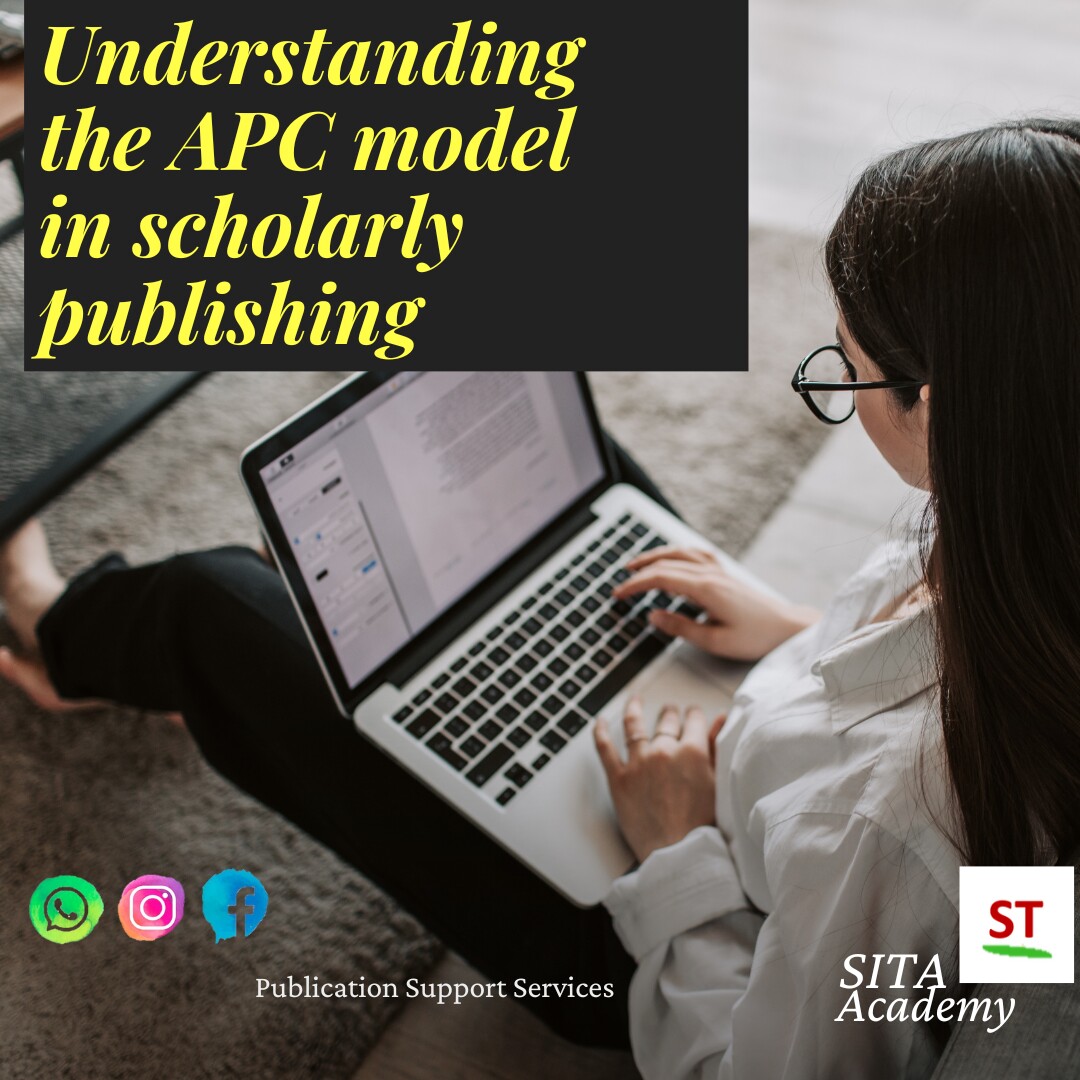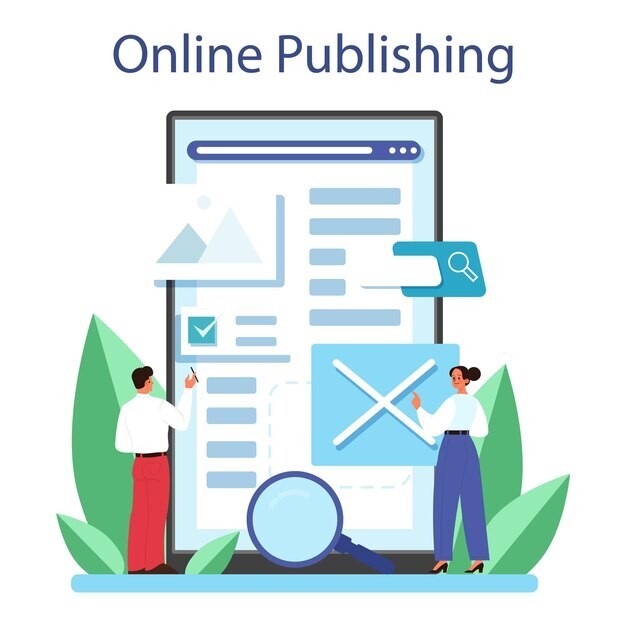Understanding the APC model in scholarly publishing


Article processing charges, or APCs, are fees that authors or their affiliated institutions pay to publishers to make their research articles openly accessible to the public. These charges are typically applied to articles published in open access journals or in the open access sections of hybrid journals (which offer a mix of subscription-based and open access content).
The APC model aims to shift the cost of publishing from readers (who would traditionally pay subscription fees to access journal content) to authors. The rationale behind this approach is to remove barriers to access, allowing anyone, regardless of their affiliation or ability to pay, to read and build upon the latest scholarly findings.
The APC amount can vary significantly, ranging from a few hundred dollars to several thousand dollars per article, depending on the journal, publisher, and the specific services included. Some publishers offer discounts or waivers for researchers from low-income or developing countries, or for those who lack the necessary funding.

By making research articles freely available online, the APC model enhances the discoverability and accessibility of scholarly content. It democratizes knowledge, allowing researchers, policymakers, practitioners, and the general public to engage with the latest research findings.

Open access to research can spur faster dissemination of knowledge, enabling researchers to build upon each other's work more efficiently. That can lead to accelerated scientific progress and innovation.

Many research funders now require the research they support to be published in open-access journals or repositories. The APC model provides a pathway for authors to comply with these mandates.

Articles published in open-access journals tend to have higher download and citation rates compared to their subscription-based counterparts. This increased visibility can benefit authors' careers and the overall impact of their research.

The cost of APCs can be a significant barrier, particularly for early-career researchers, independent scholars, and those from low-resource institutions or regions. It can limit the ability of some researchers to publish in high-quality open-access venues.

The proliferation of predatory publishers, who may charge APCs but provide little or no peer review or editorial oversight, is a concern. That can undermine the credibility and quality of open-access
publishing.

While the APC model aims to increase access, it can also create new barriers for researchers and institutions that lack the financial resources to pay the charges. It can exacerbate existing inequalities in the scholarly communication system.

The long-term sustainability of the APC-based model is uncertain, as it relies heavily on the availability of research funding to cover the publication costs. That may not be a viable solution for all disciplines or regions.

Some critics argue that the APC model has led to a rise in publication costs, as publishers may use their market power to increase fees over time, potentially outpacing the growth of research budgets.


Are you looking to publish your research?
Our comprehensive publication services can help you navigate the process with ease. We offer options to publish in both journals with Article Processing Charges (APCs) and journals without APCs. Each approach has its own pros and cons, so our expert team can guide you in selecting the best fit for your research, budget, and publication goals. Whether you're looking for high-impact, open-access outlets or more cost-effective traditional journals, we're here to support you every step of the way. Learn more about our publication services, and let's discuss the options that could be the right match for your work.
If you have any questions, inquiries, or would like to learn more about our services, please don't hesitate to reach out to us. Our dedicated team is ready to assist you.